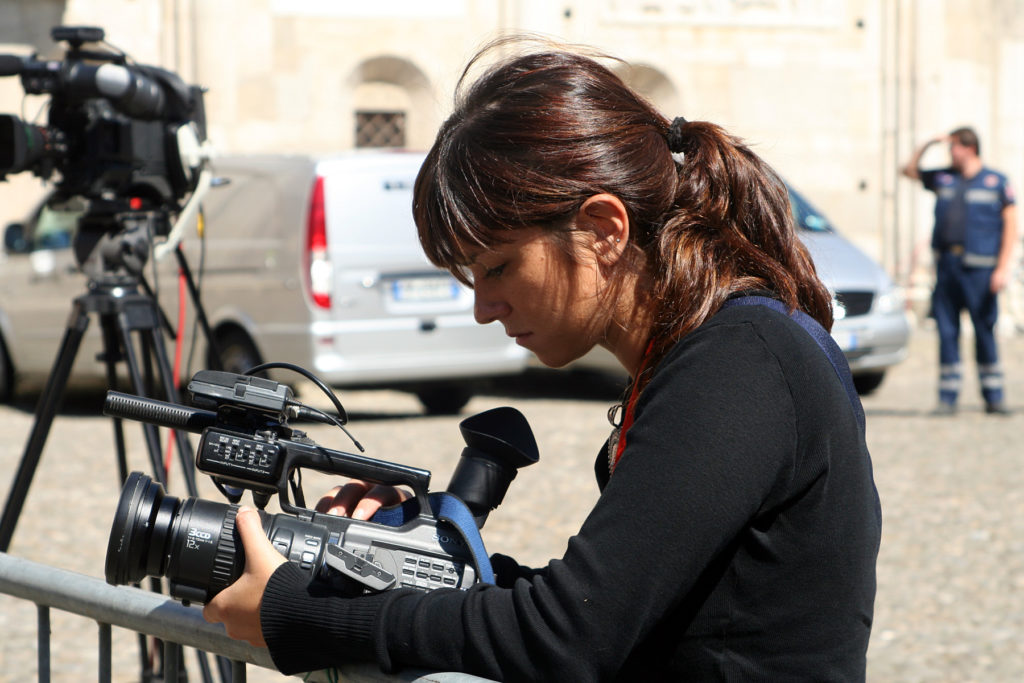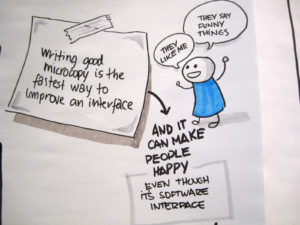By Yael Ben-David
When I was in high school, applying to colleges and deciding what to major in, my mom and I made two lists: What do I like to do? And: What am I good at? “Writing” was on both lists. The next question was: How do I make a living? I was a practical teenager and didn’t need to be told that writing novels was unlikely to feed my future family. My mom and I decided I would be a journalist.
Eventually I realized that I enjoyed the writing far more than the investigating and left the field for neurobiology. But in the meantime, I gained a skill set — how to investigate; how to get to the bottom of the issue; how to dig and dig until the fundamentals become clear; how to clarify the complex. And those skills serve my UX writing research and final strings as much as skills in English, communication, or anything else.
Leverage your sources
Interfaces have to explain their capabilities and advantages to the user clearly and concisely. The words cannot get in the way of the user reaching her aim. The words are not there for their own sake like in a novel. They do not have to present all of the facts and perspectives like in a news article. They need to get the user from point A to point B, smoothly and effectively. But what is point A? What is point B? And what are the potential obstacles in between? What is the interface really capable of and what does the user care about? What do the other stakeholders care about? Where is that happy place where everyone gets what they want?
Knowing how, why and to whom to ask the right questions is invaluable in UX research and writing. Knowing when to keep asking and when to investigate via alternative outlets, like digging into string dumps, watching user testing footage, and listening to Support calls, to name a few.

A UX writer creates the right structure
Like in journalism (and marketing writing), product writing tells a story. The right hierarchy in many ways parallels the structure of a news item: headline > subheading > lede > nut graf > all the words. Knowing how to prioritize the information and tell the story in the order of its relevance to the most users and in a way that keeps the user reading through the levels, is key. This can (and should) be done not only through microcopy, but also through the site hierarchy, by employing progressive disclosure. Information architecture is a technical world unto itself, but at the end of the day, it always comes back to the timeless mantra: user-centered design is the beginning of any successful UX process.
Manage space limitations
Print journalists work within space constraints due to the amount of paper advertising can support and other news items running that day, for example. Before the piece makes it to the editor, the journalist is already carefully organizing the information from most critical to least. In editing, additional cuts might (will probably) be made. Journalists need to know what to cut without losing the most critical information, and that doesn’t always mean just deleting the last few sentences. Similarly, on-brand design, mobile layouts and other constraints often require the UX writer to chisel away at strings no matter how perfect they were to begin with. Successful UX balances a number of elements and while the words carry weight, so does design, development resources, and other factors. When it’s Copy’s turn to self-regulate, knowing how to trim while leaving the best bits, is critical.
Especially because UX writing as its own discipline is so new, people are entering the field with a wide variety of backgrounds. And those unique backgrounds are not hurdles or frills — they are valuable assets we should all be leveraging for the good of our field, our interfaces, and our microcopy.

About Yael Ben-David
I’m a UX writer in the tech space. As an ex-scientist, my specialty is translating complex concepts into clear, concise, and useful microcopy. Also a proud em dash and semi-colon enthusiast.



One thought on “How Journalism Made Me a Better UX Writer”